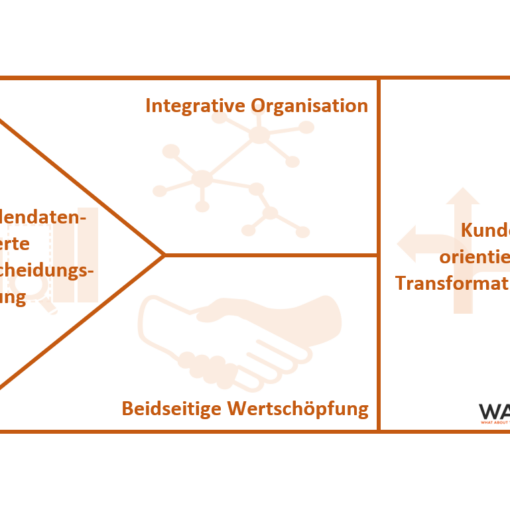 Every company should have absolute control over its touchpoints and the management of those should be on the executive agenda. A 360-Degree Touchpoint-Analysis delivers the basis for this and gives insights on how to treat touchpoints content-wise and financially.
Every company should have absolute control over its touchpoints and the management of those should be on the executive agenda. A 360-Degree Touchpoint-Analysis delivers the basis for this and gives insights on how to treat touchpoints content-wise and financially.
The importance of a 360-Degree Touchpoint-Analysis
The buying behaviour of customers changes rapidly. While in the past buyers could easily be identified according to their lifestyle and habits, nowadays more and more customers belong to the group of “Smart Shoppers” who display a rather multi-optional buying behaviour. Also, the number of touchpoints that companies use increased by 30% in the last five years. On top of that, most companies still struggle to properly align online and offline touchpoints. All in all, a topic which needs more attention!
The approach of a 360-Degree Touchpoint Analysis
But what kind of attention? We see three important pre-requisites: Firstly direction. Any customer journey you design must have a clear structure and needs to be synchronised with the target system of the company. Secondly focus. A clear understanding of the most relevant paid, earned, and owned touchpoints and their performance are essential. Thirdly analysis. Various analyses of the key touchpoints are needed on a wide range of topics.
The results of a 360-Degree Touchpoint-Analysis
Out of these analyses come insights such as relevance to the customer, relevance by funnel stage, relative performance, reach, persuasiveness and changes in customers’ emotions during the customer journey. In addition, the 360-Degree Touchpoint-Analysis lays open with which communication content each touchpoint should be targeted and it allows for a segmentation based on touchpoint preferences and usage. Thus, customers can be targeted according to their needs and habits. In summary, the results of the 360-Degree Touchpoint Analysis enable companies to orchestrate their portfolio of touchpoints most effectively and to allocate scarce resources to them in the most efficient way.
For more information, click here.



